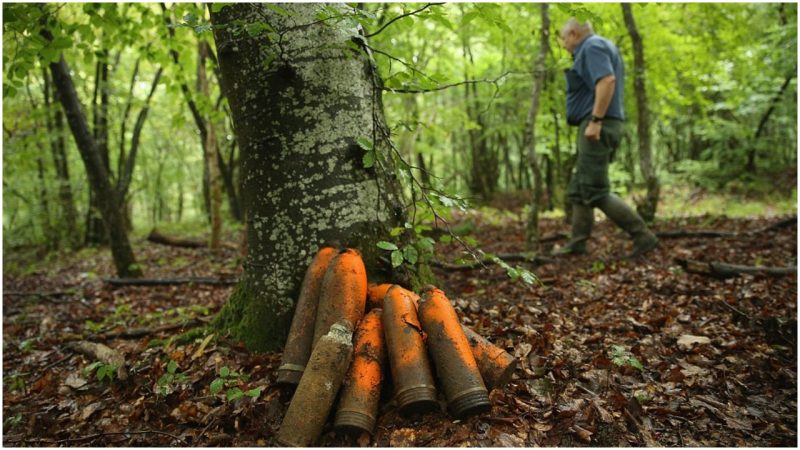War is tremendously destructive, and not only in terms of its effects on human populations and the cities in which they live. In addition, there are many voiceless casualties of war: animals and plants are also affected by the widespread devastation.
There are obvious causes for this – the tremendous destructive power of modern bombs and warfare techniques such as carpet bombing and firebombing, as well as chemical defoliants like Agent Orange – but there are also less obvious, more insidious means by which warfare can destroy nature.
The 20th century, with its two world wars, saw perhaps more destruction of European forests than any other period of warfare in history, and the effects of some of the war-driven calamities that befell the forests of Europe are still being felt today.
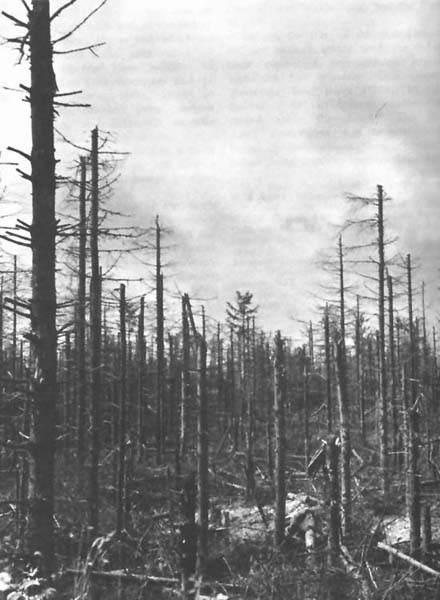
Europe’s forests were already in a bad state at the beginning of the 20th century, long before the first stirrings of what would become the First World War. Since medieval times, the forests of Europe had been extensively logged as the population of the continent continuously grew.
Trees were needed not only for fuel and the construction of towns and villages, as they had been for thousands of years, but also for industry from the 19th century onward. This industry included war-related items, in which trees were used to construct everything from ammo crates to carts and wagons to fortifications, among other items.
By 1900, very little of the vast forest that had once covered the European continent remained – and when the First World War broke out, the old forests of Europe would take yet another hit.
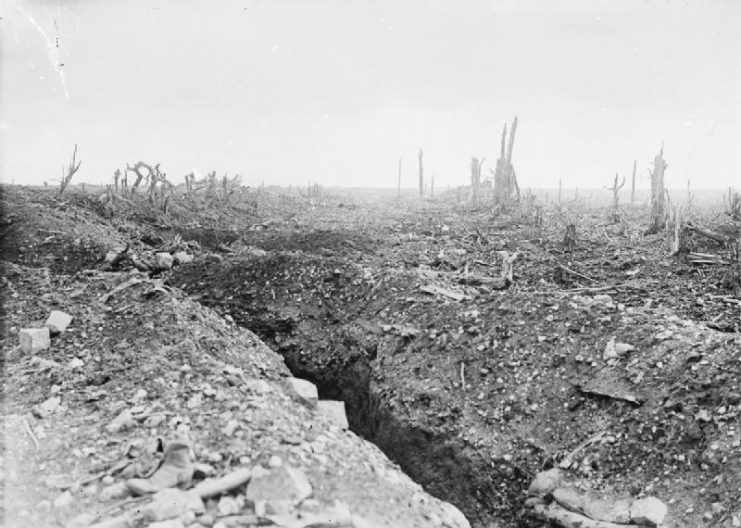
From 1914-1918, Europe experienced destruction on a vast and unprecedented scale. The battles of the Western Front, involving millions of explosive shells and devastatingly ferocious machine guns, as well as tanks later in the war, saw entire forests bombed out of existence.
The logistical demands of the war caused even greater damage. Wood was needed to support trenches, make paper, and as a construction material for all manner of items.
The period of the First World War caused a timber crisis in Britain, with around half of its own productive forests being cut down, and forests in their colonies across the world also cut down at an alarming rate. Worldwide deforestation was accelerated at a massive rate, and this process was repeated during the Second World War.
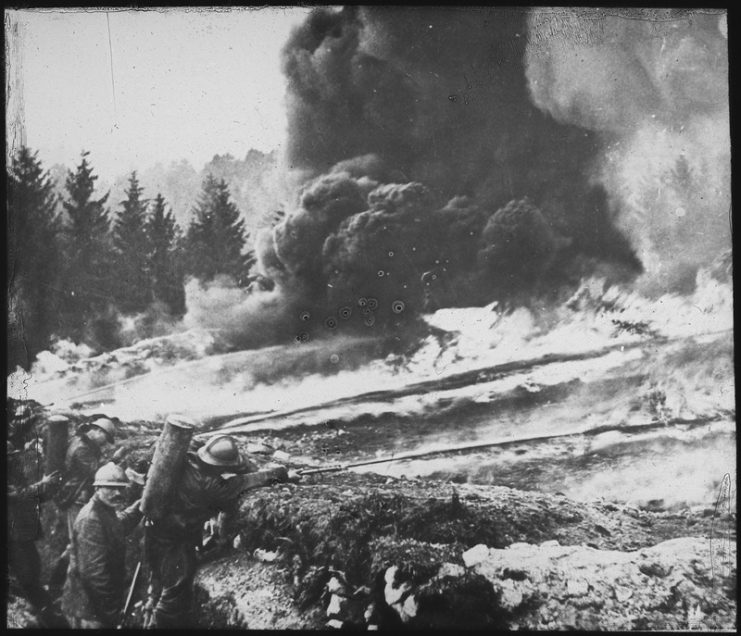
A less obvious source of damage to European forests – and a pernicious one that is still causing harm to this very day – came from the importation of American ammunition crates during WWII. Canker Stain, a disease caused by the fungus ceratocystis platani, has had an especially serious effect on European plane trees in recent decades.
The fungus was introduced by the American landings at Provence, in the south of France. American troops carried ammo crates made from plane tree wood which, unbeknown to them, was infected with the ceratocystis platani virus. While North American plane trees had long since developed a resistance to the fungus, their European counterparts had no such immunity.
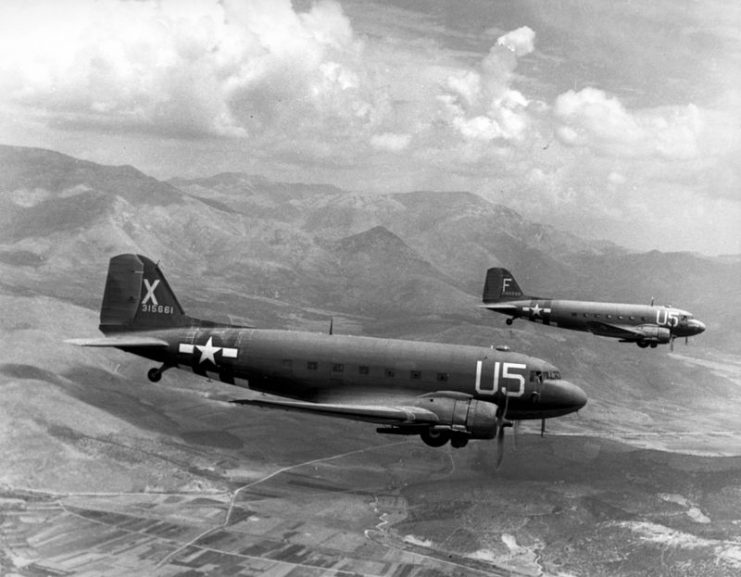
The story of what followed is a familiar one that has played out many times in human history, with devastating consequences.
The most obvious similar example of a foreign pathogen being carried by one group who had developed immunity to it over centuries, and introduced to another group who had almost zero natural resistance, was the case of smallpox, inadvertently brought to the New World by European colonists.
The disease spread like wildfire among indigenous populations, and the death toll was in the millions.
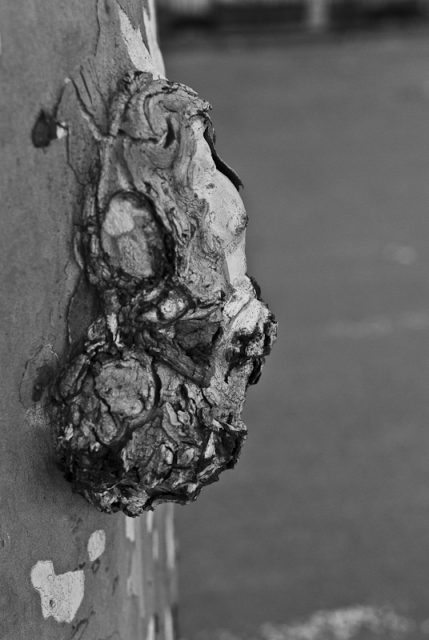
Serge Tanet CC BY-NC-ND 2.0
Now, in the same vein, the Canker Stain disease, unwittingly introduced by American troops, is wiping out Europe’s plane trees. The disease did not begin to spread among Europe’s plane trees right after the D-Day landings.
It remained latent for around fifteen years, but once it began to establish a presence on the continent, it spread with savage rapidity.
With only a handful of spores needed to infect an entire tree, the Canker Stain disease has now spread across the length and breadth of Europe south of the Alps, including huge swathes of Italy, Greece, Switzerland, and southern France. Not even freezing winters can stop the advance of the killer fungus, and if it spreads into northern Europe, it could have an absolutely devastating effect on the forests there.
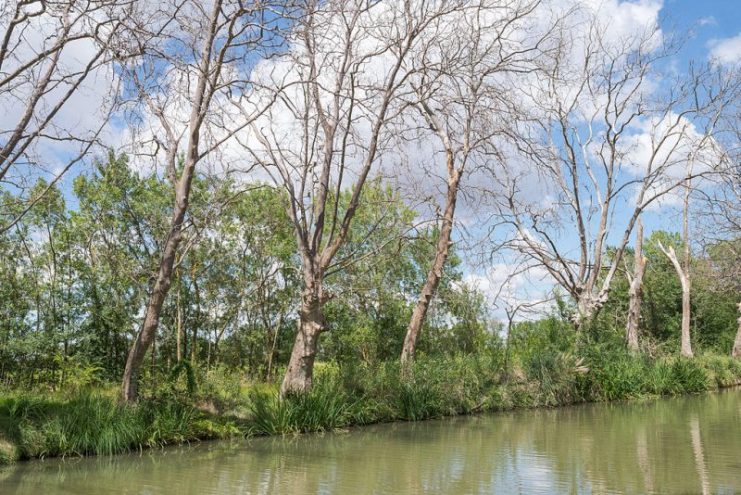
Read another story from us: Clearing up the battlefields of WWII
With no antidote to the disease in sight, the only hope for Europe’s remaining plane trees – a large subsection of indigenous trees in forests that have already been hit so very hard by industry, human expansion and war over many centuries – is that somehow, this disease introduced through the WWII landings in France does not make it into northern Europe.
